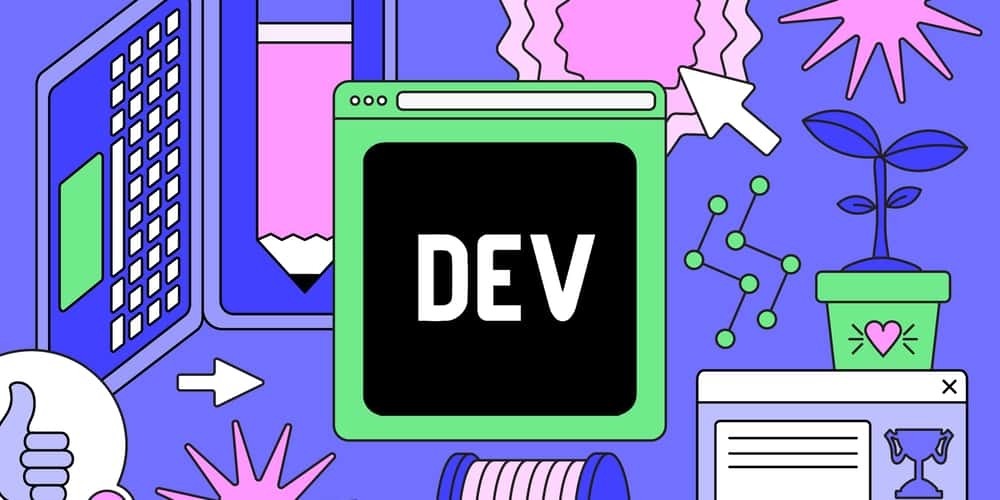This is an anonymous post sent in by a member who does not want their name disclosed. Please be thoughtful with your responses, as these are usually tough posts to write. Email sloan@dev.to if you'd like to leave an anonymous comment or if you want to ask your own anonymous question.
I'm pretty new to coding, and I want to know how HTML5 is different from past versions of HTML. I feel like getting an understanding of those changes will help me become a better developer, and gain a larger understanding of how to use this specific markup language.








Oh my, pre-HTML5 web dev was pretty brutal!
I am pretty amazed whenever I encounter an HTML feature which I just assumed would always be an awful hack, but now it is just a native feature.
The Details disclosure element comes to mind.